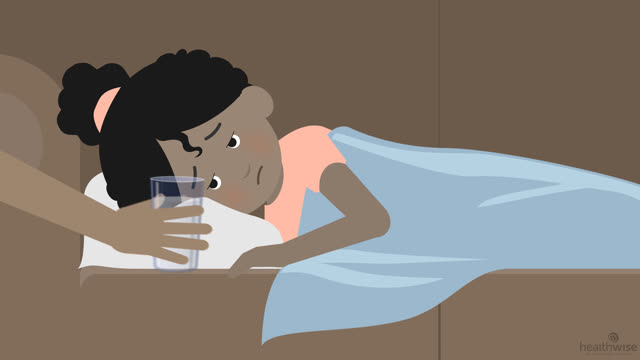Why do children sometimes have chills when they have a fever?

When a child has a fever, it is common for them to experience shivering or chills. This is because the body’s temperature-regulating center is stimulated, which causes the body to react with shivering.
When a child has a fever, their brain senses the increase in body temperature and tries to lower it by adjusting the body’s temperature. In order to raise the body’s temperature, the body will start to contract its muscles, generating additional heat. The rapid contractions of these muscles can cause shivering in the body.
Shivering is also a protective mechanism of the body. Through shivering, the body can increase blood circulation, which helps the body to resist pathogens. At the same time, shivering also helps to regulate body temperature and alleviate fever symptoms.
Although shivering is a normal response to some extent, it may also be a pathological response in some cases, such as infections or other illnesses.
Therefore, if a child has a persistent high fever and shivering, it is recommended to seek medical advice promptly